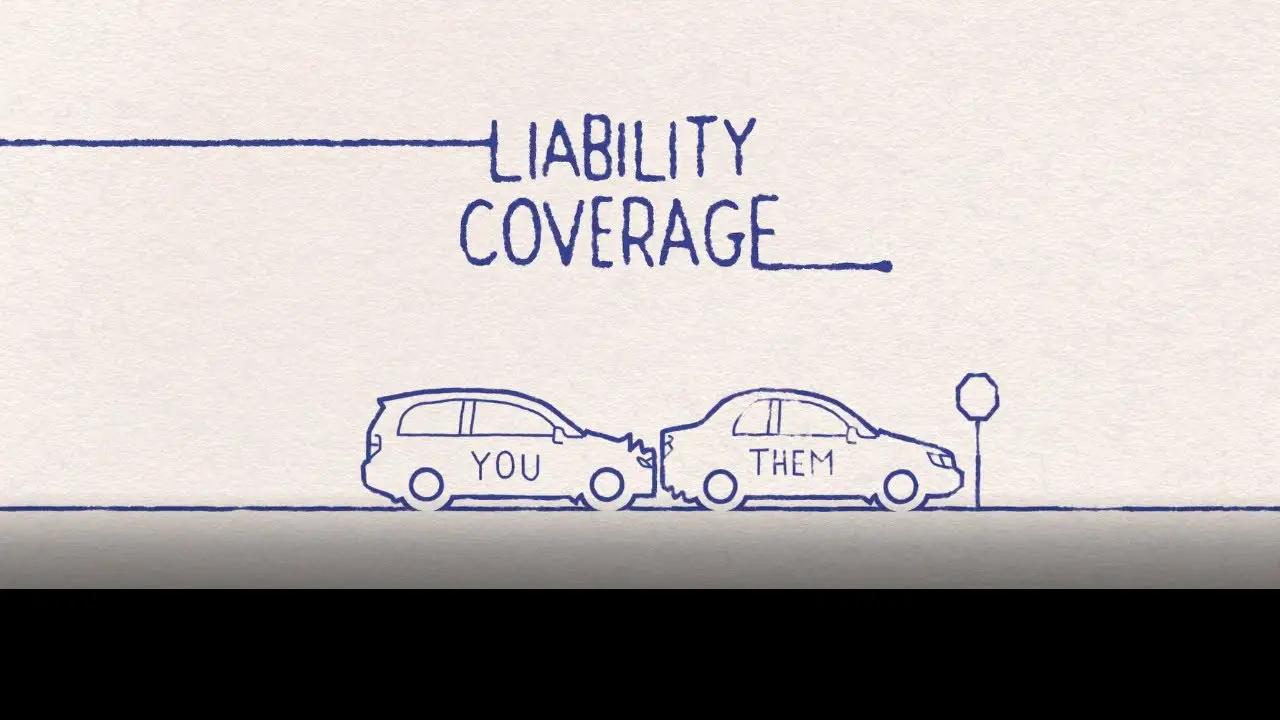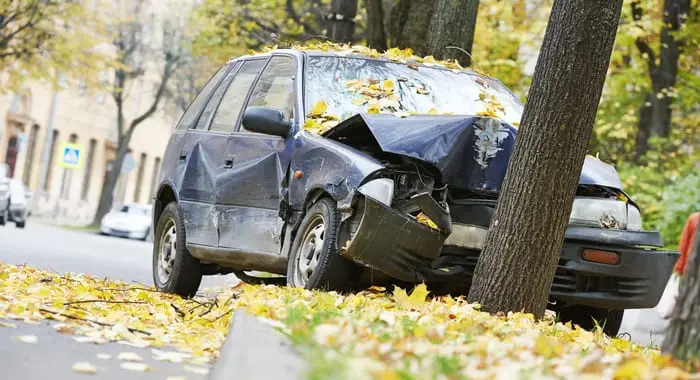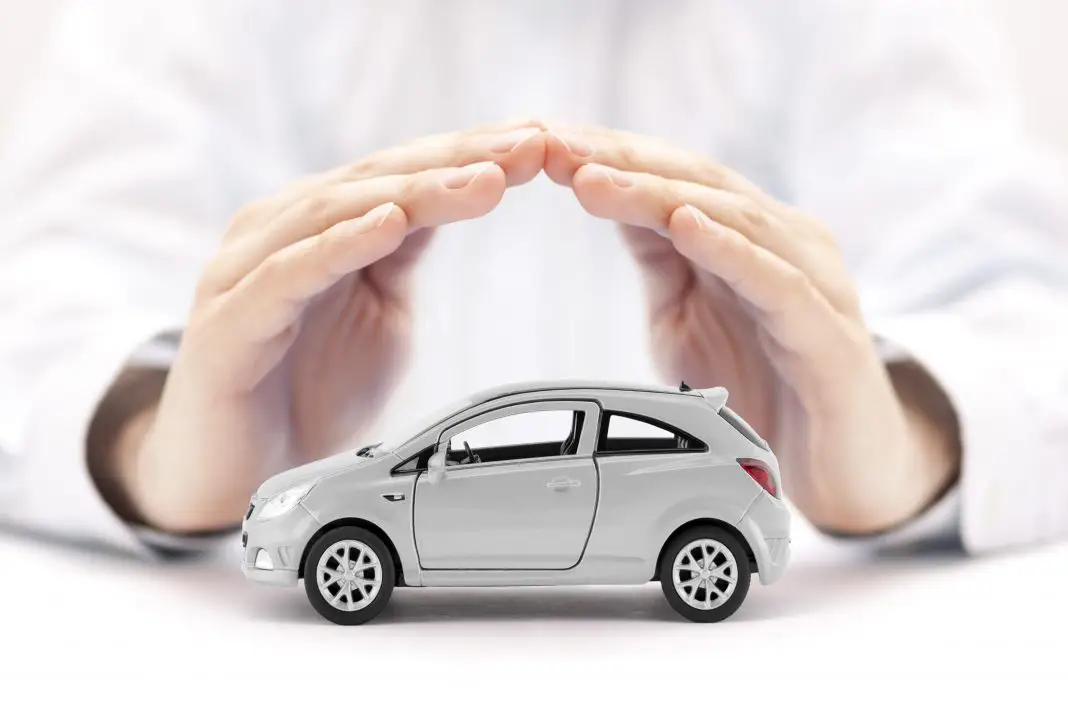“This post may contain affiliate links, if you click a link we may earn a commission if you purchase from that merchant.”
Table of Contents
What is car insurance?
Vehicle insurance is insurance for cars, trucks, bikes, and other road vehicles (also known as automotive insurance, motor insurance, or auto insurance).
It is a contract between you and the insurance company that protects you against financial loss in the event of a vehicle accident or robbery.
Auto insurance is arguably the most popular form of protection. Under Auto insurance, there are many types of auto insurance.
Just like vehicles come in all shapes and kinds, their insurance covers will also differ widely.
Why you need car insurance?
If you buy a car or another vehicle, you must have car insurance.
Car insurance may protect you from:
- Liabilities
- Bodily injuries; and
- Accident benefits
Who a car insurance policy covers?
If you get into a car accident, your insurance may cover:
- the driver
- all passengers
- other people who are involved
In certain provinces, injured travelers or other accident-related persons with their insurance policy must first claim under their policy.
What are the different types of car insurance?
Knowing the various forms of car insurance and their coverage is a vital step in finding the right policy for you if you’re looking for auto coverage.
Here are a few forms of standard auto insurance, how they function, and what they cover.
You should note that you can include several auto insurance covers in your policy.
» MORE: Best Auto Insurance Companies of 2021
The Most Basic Types of Auto Insurance.
Liability Cover

For each Provence, the minimum amount of insurance provided to cover damages and medical payments to accident victims varies.
You must tell the correct region you live in a while getting an insurance quote because it can make a drastic difference in the minimum payments.
Liability insurance covers losses that the car causes to other persons, such as accidents or death. It also includes Damage caused to different vehicles by your vehicle.
You will need to cover the remainder of the settlement yourself if the losses or Damage is higher than the liability cap.
Liability insurance does not cover the cost of your auto repairs. To cover these expenses, you will need to consider extra insurance.
Liability cover caters to any liability that might be caused by you or your vehicle. The liability coverage covers any third-party damage of injury.
For instance, if your car knocks another car and you are liable for the damages, your liability coverage will cater to it.
Liability coverage is mandatory in many jurisdictions. You will not be allowed on the road anywhere without at least the minimum kind of liability coverage.
This is done to protect other road users who have no control over how you use your vehicle and your driving habits.
» MORE: Learning The Basics of Car Insurance
Collision insurance

Collision coverage is the second category of insurance.
Collision coverage also protects you if you hit anything other than a car, such as a barrier or a guardrail, in addition to protecting you from third-party liabilities.
If you’re involved in a collision with a motorist who is not insured, it is relatively common for this policy also to cover you. Usually, this more extensive level of coverage costs more than a liability.
Medical and Personal Injury Cover
Nobody wishes for an accident, but you never know what could happen. You might be a cautious driver, but you can never know what will happen on the road.
The medical and personal injury cover will take care of your medical bills and that your family in case you get into an accident. Medical bills can get expensive.
You, your passengers, or family members driving an insured vehicle are covered for medical payments under this insurance type during an accident. It can help pay for injury-related costs.
The expenses covered can include visits to the hospital, surgery, X-rays, and more. This coverage is optional and not available in all states.
What do medical payments cover?
- Health insurance deductibles and co-pays
- A doctor or hospital visits
- Surgery, X-rays, or prostheses
- Ambulance and emergency medical technician fees
- Professional nursing services
Uninsured Motorist Coverage
The uninsured motorist coverage covers you and your car against a driver or vehicle that does not have insurance. We’ve mentioned that liability cover is mandatory for all vehicles.
Some people will illegally go driving cars that do not have a liability cover. If you have the uninsured motorist cover, you will be compensated if the party that hit you has no insurance.
Uninsured motorists protect drivers in the event of an accident involving an uninsured or underinsured driver.
Uninsured motorist insurance will help with the costs of bodily injuries, proper Damage, or lost wages if another driver causes an accident but does not have an active policy to cover it. It will pay benefits to the driver and passengers involved.
It will also cover the cost of repairing or replacing your vehicle and provide you with medical expenses resulting from the accident to recover from injury.
Comprehensive Coverage
Comprehensive coverage is the third kind of car insurance. Comprehensive offers the broadest spectrum of protection, as its title indicates.
Not only does it typically cover medical and collision-related injury, but in the event of robbery and floods, it can also protect you.
But it comes at a cost; as of the three, comprehensive premiums are typically the highest.
The comprehensive coverage involves all the coverage above and anything else that might damage or cause loss of your car. The cover will compensate you if your vehicle is burnt, stolen, or vandalized.
It covers everything that might happen to your vehicle, even when you are not driving it.
Comprehensive coverage either repair your vehicle if it has not been damaged beyond repair, or buys you another one if it is written off. Most comprehensive covers have a deductible amount. The deductible mainly applied to repairs.
For instance, if someone knocks off your headlight, and the cost of replacing it is less than your deductible. You will have to cater to that from your pocket.
Underinsured motorist insurance
Underinsured motorist coverage helps pay your bills if you’re struck by an underinsured vehicle.
In individual states, uninsured and underinsured motorist coverage are combined as a single coverage on your car insurance policy.
When you’re in an accident with an at-fault driver whose liability limits are too low to cover the medical costs of any injured person, then underinsured motorist coverage steps in.
The at-fault driver’s insurance will usually pay up to his or her auto insurance policy limits for any expenses, so the excess amount can be paid by your underinsured motorist coverage up to the limits you choose.
Personal injury protection insurance
This insurance is available in some states only. Like coverage for medical payments, PIP can help pay for your medical expenses after an accident.
Furthermore, PIP may also help cover other costs incurred due to your injuries, such as child care expenses or lost income.
It can also be extended to certain family members that live in your home.
Examples of expenses covered by PIP are:
- Medical bills
- Lost Wages
- Nursing care
- Medical supplies
- Prescriptions
- Replacement services
- Funeral services
Gap insurance
GAP (Guaranteed Asset Protection) insurance is optional coverage. This insurance is beneficial when you are involved in an accident, and your car is totaled or stolen.
Also referred to as gap protection, it covers the gap between what your vehicle is worth and how much you owe.
GAP will provide you with enough money to cover the difference between what is payable for the car and what the insurance provider pays out in the case of an accident or loss.
Guaranteed Asset Protection Insurance is the only insurance that can protect you, with benefits including coverage for up to 7 years, available for loans up to $100,000, covers primary auto insurance deductible, originating Dealer Loyalty Bonus.
Towing and labor insurance
The towing and labor insurance is an optional coverage that can be added to your car insurance that generally protects you from some of the costs and problems associated with common roadside breakdowns such as dead batteries, flat tyres, or even an embarrassing lockout.
Things that this insurance includes are:-
- Towing
- Tire changes
- Jump starts
- Lockout assistance
- Gas or oil delivery
To understand exactly what’s covered, talk to an agent, so you’re well informed.
Rental reimbursement insurance
Rental reimbursement insurance let individual pay for the transportation expenses, such as a rental car or public transit fare, when their vehicle is being repaired after a covered insurance claim.
It does not apply if regular maintenance work is needed for your car or if you need to rent a car on vacation.
Rental car insurance includes four options. They include:
- Loss damage waiver (LDW) / Collision damage waiver (CDW)
- Personal effects coverage (PEC)
- Personal accident insurance (PAI)
- Liability (LI)
Classic car insurance
Classic auto insurance generally protects the collectible vehicle for an accepted (often referred to as “guaranteed”) amount that is mutually acceptable to you.
The insurance company-a quantity that the car is worth based on respected collectible car valuation guides such as the Old Cars Report Price Guide, a professional assessment, the underwriter’s research, or some documentation.
Many companies consider your 19 to 24 years old car a classic car if it is in good working conditions and well-maintained.
How to find the best coverage for me?
For all drivers around the nation, car insurance is mandatory. But prices can differ, not only from one province to the next (although Quebec appears to have the cheapest choices for those interested, whereas British Colombia has the most costly) but also within each province itself.
In Canada, hundreds of auto insurance providers are available, each using their marketing expertise to persuade you that they are the right choice.
But, how do you make sure that you get the best deals for insurance?
Below are few tips that will help you choose the best car coverage for yourself.
1. Shop around and compare
Auto insurance rates differ significantly between the companies-you need to evaluate which insurer will provide you with the best specific coverage.
2. Bundle policies
Having your car and home insurance bundled together with the same car insurance carrier, you may get discounts if you bundle insurance plans together.
3. Increase your deductible
Before the insurance company pays the rest, the deduction is what you pay when something happens to your car. Your annual premiums can be lowered by increasing your deductible.
4. Ask about discounts
Many insurers give discounts to members of professional institutions or groups, so it pays to ask about discount relationships.
5. Maintain a good driving record
If you drive safely, sensibly, and obey the road rules over a long period, you will pay the lowest rates.
At-fault collisions and driving convictions remain on your insurance record for years and make your rates go way up.
Below we have listed few best auto insurance coverage options:-
- InsuranceHotline.com
- TD Insurance
- Sonnet
- Co-operators Insurance
- RBC Insurance
- Desjardins Insurance
- Belairdirect Insurance
What Happens if You Don’t Have Car Insurance?
Car insurance, no matter where you live in Canada, is mandatory. Driving on any public road in Canada is illegal if you do not have car insurance for your vehicle.
There are many reasons why you should have car insurance; else you could end up having to:
- Pay fines and have your license suspended.
- Pay for damages for which you are legally responsible.
- Deal with lawsuits
- Pay very high insurance rates.
How much car insurance do I need?
Mistakes are inevitable, and, depending on the conditions, each has a cost.
While some are little to correct, others, for example, a severe car accident, can give you a high jolt of financial consequences as you have to pay higher for damages and injuries.
Insurance helps to minimize these risks and ensure that mistakes do not weaken or ruin you financially.
Therefore, it is of the utmost importance that car owners not make the initial error of not selecting the required third-party liability insurance.
Compared to the Canadian average of $1,320, Ontario’s average auto insurance policy costs $1,920 a year. Ontario has the highest average cost of insurance of all the provinces in the country.
How do deductibles work?
Generally, when you file a claim, the car insurance deductible is the amount you pay before receiving any insurance money.
There are no deductibles for liability in car insurance, but there are deductibles for comprehensive and collision coverage.
Types of auto deductibles:
Collision deductible: – Paid when the claim outcome from a collision in which you were at-fault.
Comprehensive deductible: – If you have full coverage and your car is damaged, lost, or stolen by someone else (not every driver has comprehensive coverage).
Direct compensation-Property Damage: – The deductible can be deducted from the compensation you earn after an accident for Damage to your vehicle and belongings (DC-PD)
When buying auto insurance, a driver chooses his or her deductible. That amount can range from $0 to $5,000 (invisible deductible). In Ontario, $500 is calculated to be the average deductible.
There are many other covers that you can include in your auto insurance policy. Take time to understand your needs correctly to know which covers are essential for you.
Each of these covers can be very important in certain situations. Consult closely with your insurance consultant to understand what’s needed.


































